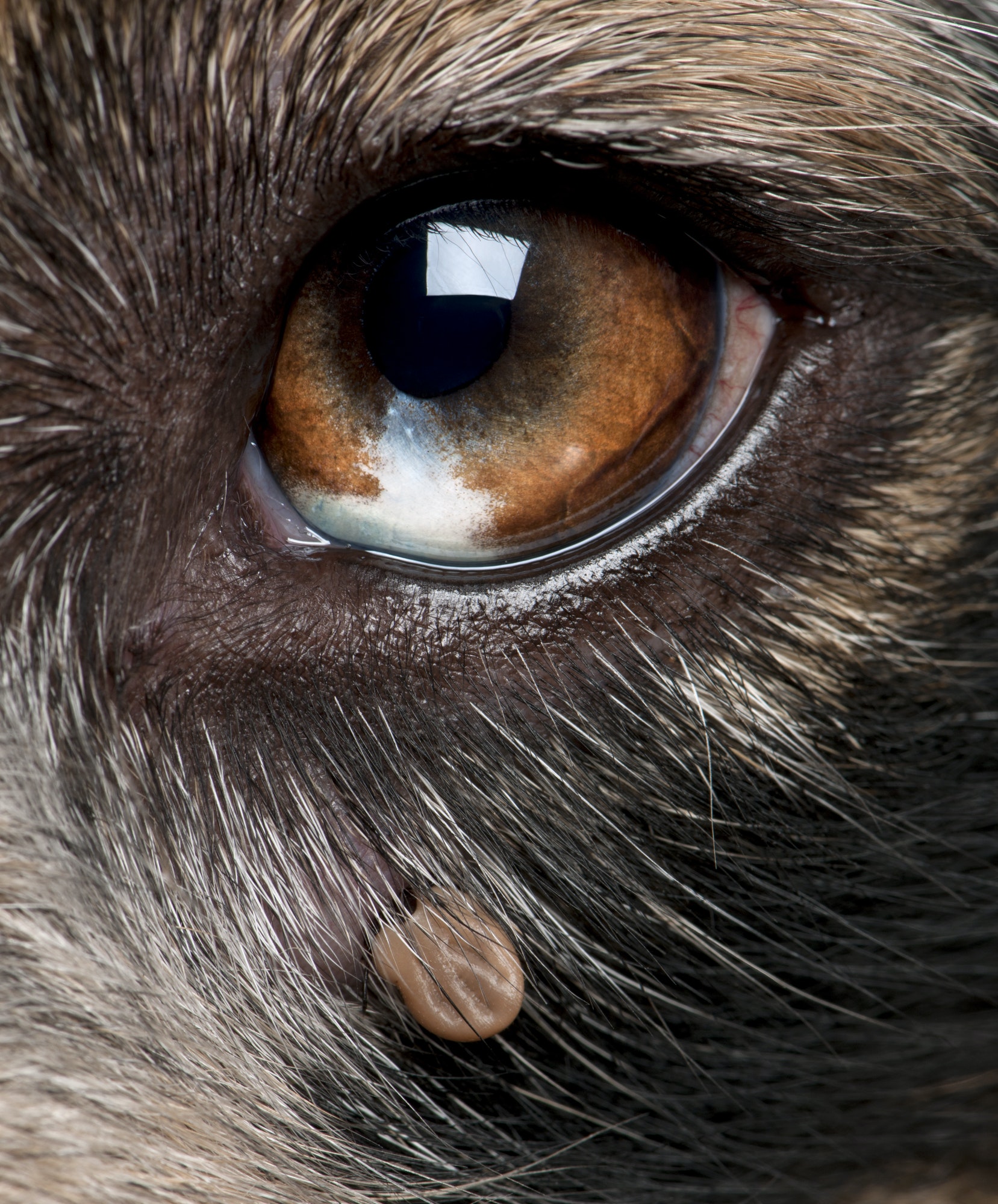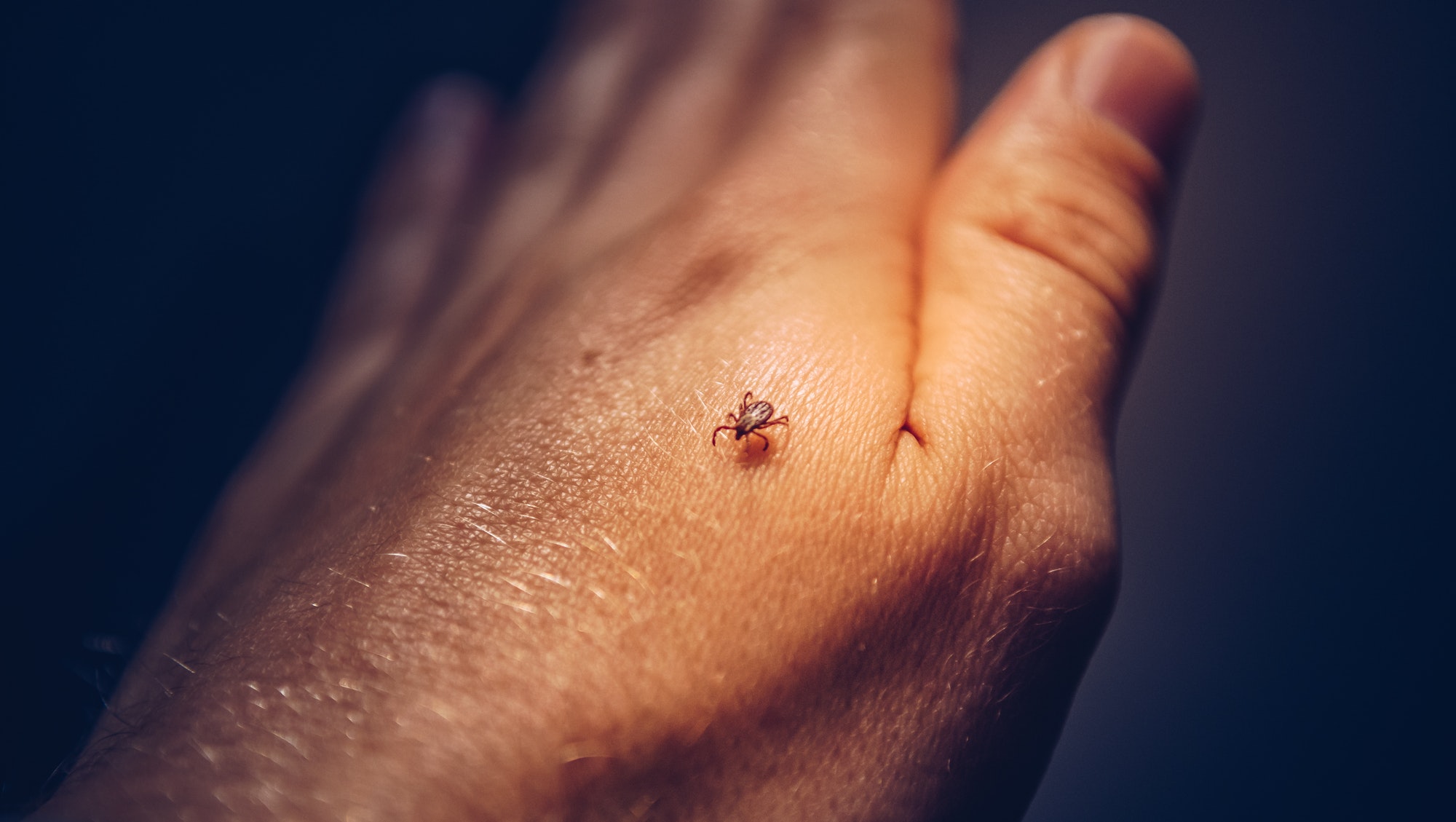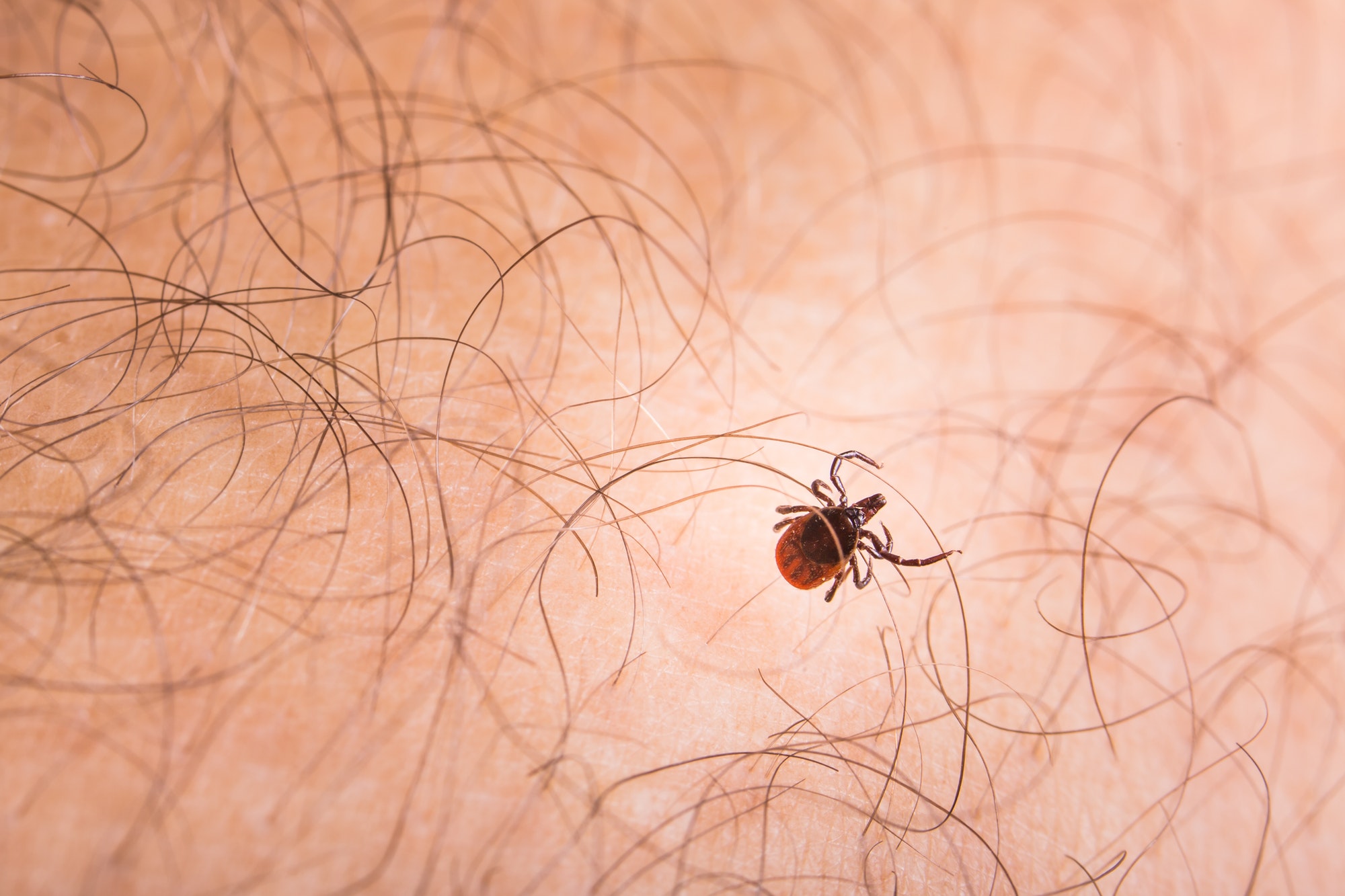Why Ticks Are So Dangerous To Humans And Pets?
After a hike through a forest or a walk through a field, it isn’t uncommon to find a little bug leeched onto your skin. These are ticks. They latch onto you and suck your blood, oftentimes embedding themselves into your skin. They are parasitic arachnids (Monroe). A lot of people just pull them off their skin and burn them, flush them down the toilet, or put them in the trash. Then the incident is over, right?
Not always. These seemingly harmless bugs can cause everlasting dangers to humans and animals. An illness called Lyme disease is a major danger when bitten by a tick. So what is Lyme disease? According to the book “Lyme Disease,” it is one of the fastest-growing infectious diseases on our continent (Monroe).

The same book goes on to list the symptoms. They include rashes, fevers, headaches, joint pain, weak muscles, arthritis, and much more. There have been more than 155,000 cases of this disease in our country since the 1980’s. It is quite serious and can have everlasting effects.
So how do ticks tie in to this, and why are they so dangerous? Ticks often carry the Lyme disease bacteria, and it is transmitted when ticks feed on humans or animals. Those tiny bugs can pass a life-changing disease to anyone or any animal.
This is so dangerous because while antibiotics are available to help treat Lyme disease patients, it is possible to get chronic Lyme disease and have it for years upon years. On the article, “The Lowdown on Lyme Disease,” it says, “although people can get Lyme disease at any age, children younger than 15 and adults aged 45 to 59 are at the greatest risk for becoming infected,” (Pleasant, 52). This is significant because kids and older people may not be able to fight the disease as well. They could have relapses and suffer great stress from the disease. Getting Lyme disease can be very exhausting and stressful situation.

In chapter five of her book, Monroe lists preventive measures that can be taken to prevent getting Lyme disease from a tick. The most obvious thing you can do is stay away from high-risk areas. This includes wooded areas and areas with tall grasses. If you have to enter these types of areas, be sure to wear long sleeves, long pants, and shoes to cover as much skin as possible to prevent them from leeching.
The final measure you can take is to always check your skin after going in high-risk areas to make sure no ticks have leeched onto you. Studies show a tick has to be leeched onto one’s skin for at least 24 hours to transmit the Lyme bacteria, but it is safest to do a thorough check of your skin as soon as possible. If you find one, remove it with tweezers and kill it so there is no risk of it stick to you again.
Ticks are a highly dangerous bug. It is also possible to contract a different disease from ticks such as Babesiosis, Erhlichiosis, Rocky Mountain Spotted Fever, and STARI (Pleasant, 58). One bite can give you a disease that will effect the rest of your life. Make sure to take the preventative measures to ensure that you don’t contract infectious bacteria from ticks.
Author: Candace Vargas
University of Missouri - Columbia
Resources
- Monroe, Judy. Lyme Disease, Jan. 2001 Pleasant, Barbara. “The Lowdown on Lyme Disease.” Mother Earth News, no. 203, Apr. 2004, p. 52-58.








